Why are my interior conifer needles turning yellow?
Needle drop of conifers in the fall can be a natural process, or it can be a symptom of other pest or cultural problems.

Each fall, Michigan State University Extension gets several calls about interior needles shedding on various species of Christmas trees. For some species such as white pine and Scots pine, yellowing of older needles is a natural occurrence. Typically, pines will hold only one to two years of needles (Photo 1). In fall where this needle drop happens over a longer period of time, it becomes more noticeable and can cause concern.
Other conifers like Fraser fir, Concolor fir, Douglas fir and spruces hold their needles for five or more years, so it is unusual to find shedding of interior needles in late September or October. This can be a natural process of shedding the oldest interior needles, but it can also be a symptom caused by several pests or cultural issues. Typically, the main culprits are either damage from spider mite feeding, needlecast diseases, nutrient deficiency or a symptom of trees under stress, such as heat or drought.
To help you diagnose what may be going on in your field, here are some things to look for.
Mite damage
Needles will show the characteristic “stippling.” When mites feed, they empty the cell of the green chlorophyll. This causes yellowish spots along the needles, referred to as stippling (Photo 2).
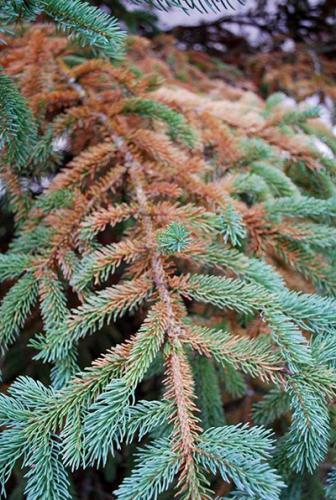
Photo 2. Mite damage on white spruce needles.
Needlecast diseases
The most common needlecast diseases we see are Rhizosphaera or Stigminia/Mycosphaerella on spruce, and Swiss needlecast on Douglas fir. Using a hand lens, you will see black fruiting bodies protruding through the stomata of the infected needles. In a healthy needle, the stomata will appear white in color (Photos 3-4).
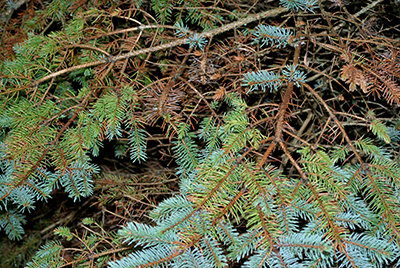
Photo 3. Interior needles turning color due to needlecast disease on spruce.
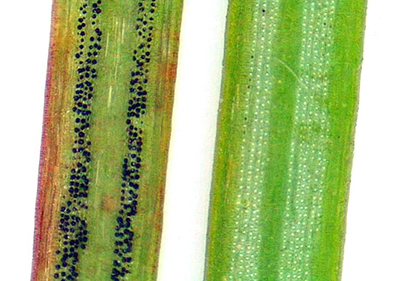
Photo 4. The needle on the right the shows the healthy needle (white stomata). The needle on the left is infected with Swiss needlecast and shows the black fruiting bodies emerging from the stomata.
Nutrient deficiencies
Nutrient deficiency symptoms can be anything from pale green to needle chlorosis (yellowing) of the needle tips to the entire needle, but can also lead to needle shed. Look for other signs of deficiencies and for patterns of damage across the plantation (Photo 5).
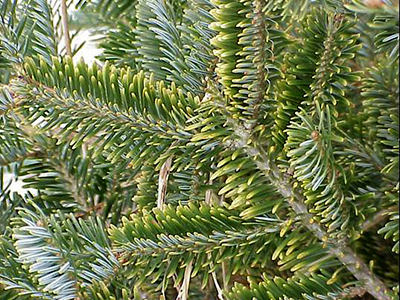
Photo 5. Nutrient deficiency symptoms on Fraser fir.
Heat or water stress
Shedding leaves or needles is a common tree response to heat or drought. Needles may desiccate during extended dry or hot periods in late August and September, turn yellowish-tan yet remain on trees until fall, then come off during harvest and handling. Often, this occurs in pockets or areas in a field and usually affects only 1 to 5 percent of the trees (Photo 6).
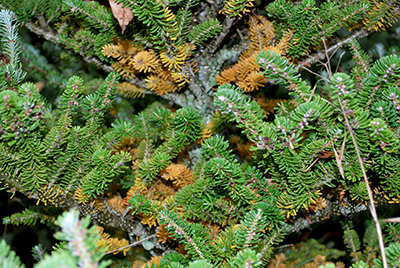
Photo 6. Yellowing of older growth of Korean fir grown on very sandy soil site.
If the cause is spider mites or needlecast fungus, you will want to develop a plan to manage these pests next year. For other stress possibilities, evaluate the site and maybe take a soil or foliar sample this fall to determine if you need to adjust your fertilizer program.
Note: MSU Diagnostic Services can help you diagnose the problems with your trees. Visit the MSU Diagnostic Services website for forms and fee information.



 Print
Print Email
Email


